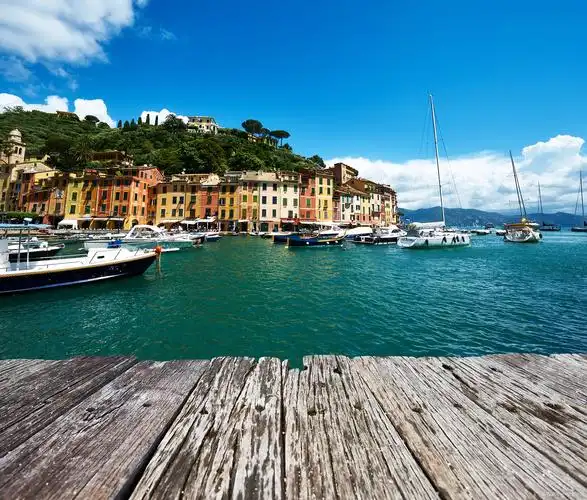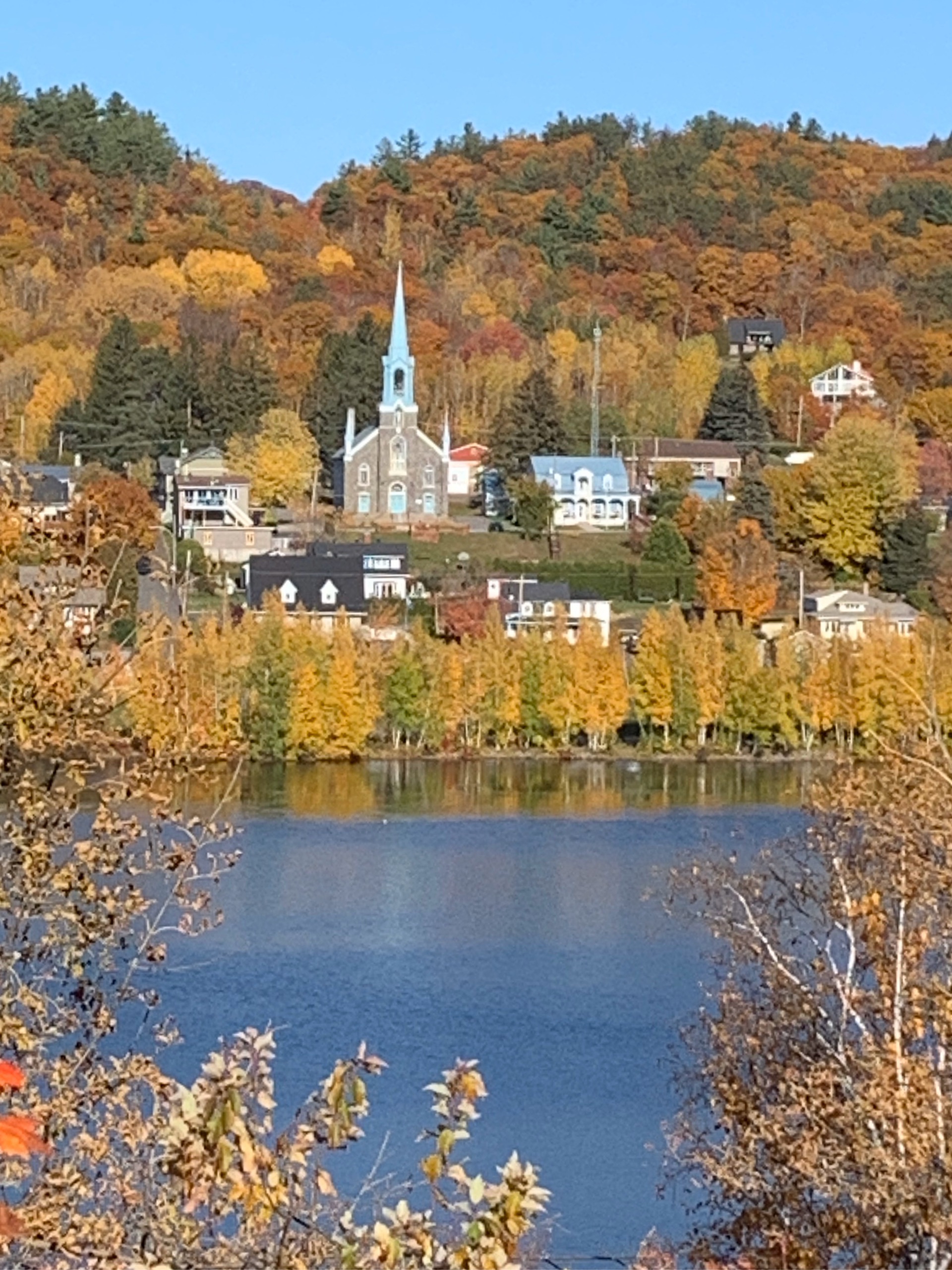Japan Travel
Japan’s Mountain Hiking Guides: Scenic Trail Attractions
Japan’s Mountain Hiking Guides: Unlocking the Secrets of Scenic Trail Attractions
Japan, a nation celebrated for its harmonious blend of ancient tradition and cutting-edge modernity, offers some of the world’s most breathtaking and spiritually enriching mountain hiking experiences. Beyond the iconic images of Mount Fuji lies a vast, intricate network of trails that traverse sacred peaks, hidden valleys, and ancient forests. Central to unlocking the profound beauty and cultural depth of these landscapes are Japan’s mountain hiking guides. These professionals are far more than mere navigators; they are storytellers, cultural interpreters, and guardians of the wilderness, offering travelers an unparalleled journey into the heart of Japan’s scenic trail attractions.
The Role of the Guide: More Than a Pathfinder
The philosophy of guiding in Japan is deeply rooted in the concept of omotenashi, or wholehearted hospitality. A Japanese hiking guide’s primary role is to ensure not only the safety and logistical smoothness of the trek but also to facilitate a deeper, more meaningful connection between the hiker and the environment. This is a stark contrast to many Western guiding services, which may focus predominantly on the physical challenge.

Guides are often local experts, sometimes even volunteers from nearby villages, who possess an intimate, generational knowledge of the terrain. They can read the mountain’s moods—predicting a sudden fog bank on Mount Takao or knowing the exact week the alpine flowers (komakusa) will bloom on Mount Tateyama. They are trained in first aid, risk management, and often hold certifications from bodies like the Japan Mountain Guides Association (JMGA), ensuring the highest safety standards on increasingly popular and sometimes precarious trails.
However, their true value lies in their ability to act as cultural conduits. They explain the significance of a torii gate marking the entrance to a sacred path, the history of a centuries-old shukubō (temple lodging), or the proper etiquette for encountering a small Shinto shrine mid-hike. This transforms a simple walk in the woods into a pilgrimage.
Scenic Trail Attractions: A Regional Odyssey with a Guide
The Japanese archipelago is a mountainous country, and each region offers distinct attractions best unlocked with a guide.
1. The Japanese Alps (Central Honshu): This region, often called the "Roof of Japan," features the dramatic Northern, Central, and Southern Alps. Guided hikes here are adventures into raw, powerful nature.
- Kamikōchi Valley: A guided walk through this pristine, highland river valley is a journey into a picture postcard. Guides will lead you across the iconic Kappa-bashi bridge, point out wildlife like the Japanese macaque and serow, and explain the delicate ecosystem that makes this a National Special Natural Monument. They know the quieter paths to secluded spots like Myojin Pond, away from the day-trip crowds.
- Tateyama Kurobe Alpine Route: While not a traditional hike, navigating this route is complex. A guide expertly manages the series of cable cars, trolley buses, and ropeways to ensure you witness the supreme highlights: the towering Snow Walls in spring and the autumnal fireworks of colors in Murodō.
2. The Sacred Peaks: Kumano Kodō and Yoshino For a hike steeped in spirituality, the guided pilgrimages of the Kii Peninsula are unmatched.
- Kumano Kodō: These ancient pilgrimage routes, a UNESCO World Heritage Site, weave through dense forests to the grand Kumano Sanzan shrines. A guide is essential here. They decipher the historical and spiritual significance of the moss-covered ishi-tatami (stone paving), the ōji (subsidiary shrines), and facilitate the unique experience of staying in a minshuku (family-run guesthouse) with a traditional meal and hot spring bath. They turn the physical exertion into a moving meditation.
- Mount Yoshino: Famous for its 30,000 cherry trees, hiking Yoshino in spring is a sublime experience. A guide knows the viewing angles and the history of the mountain’s association with ascetic monks, enhancing the beauty with layers of cultural context that are invisible to the independent traveler.
3. The Northern Frontier: Hokkaido Hokkaido’s wilderness is vast, untamed, and requires expert navigation.
- Daisetsuzan National Park: Japan’s largest national park is a realm of active volcanoes, remote onsen, and vast flower fields. Guides here are crucial for safety, navigating unmarked trails and rapidly changing weather. They lead treks to the summit of Mount Asahi for panoramic views and to the surreal, multi-colored sulfuric vents of Jigokudani (Hell Valley), explaining the volcanic forces that shaped the land.
- Shiretoko National Park: A UNESCO site, Shiretoko is one of Japan’s most remote regions. Guided hikes are often the only safe way to explore its rugged peninsula, home to brown bears. Guides carry bear deterrents and possess the knowledge to navigate this pristine habitat, offering chances to see eagles, foxes, and dramatic, coastline waterfalls that cascade directly into the Sea of Okhotsk.
4. The Iconic: Mount Fuji Climbing Mount Fuji is a cultural rite of passage. While thousands attempt it alone, a guide elevates the experience from a grueling climb to an inspirational journey. They manage the arduous ascent, advising on pacing to prevent altitude sickness. Most importantly, they time the summit perfectly for sunrise (Goraikō), and share the mountain’s lore—from the goddess Konohanasakuya-hime to the history of the Fuji-kō pilgrimage sect—making the victory at the summit profoundly more meaningful.
The Practical and Profound Benefits of a Guided Hike
The advantages of hiring a guide are multifaceted:
- Access and Logistics: They handle complex transportation, secure permits for restricted areas, and book highly sought-after mountain hut accommodations, which can be nearly impossible for non-Japanese speakers to arrange.
- Safety and Confidence: With their expertise, hikers can tackle more challenging and rewarding trails they might otherwise avoid, secure in the knowledge of a professional’s judgment.
- Deep Cultural Immersion: The stories, the local cuisine recommendations, the introductions to village craftsmen—these human interactions, facilitated by the guide, create lasting memories far beyond the trail itself.
- Environmental Stewardship: Guides are passionate advocates for Leave No Trace principles. They educate hikers on preserving Japan’s fragile alpine environments, ensuring these scenic attractions remain pristine for generations to come.
In conclusion, Japan’s mountain hiking guides are the key that unlocks the full spectrum of the nation’s trail attractions. They masterfully weave together the threads of natural splendor, deep history, and living culture, transforming a physical hike into a holistic narrative journey. To hike with a guide in Japan is to choose not just a path up a mountain, but a path into the very soul of the country. It is an investment in an experience where every step is enriched with meaning, every vista comes with a story, and the memory of the mountain lingers long after the boots have been put away.
相关文章
- Yamagata’s Zao Onsen: Snow Monster Hot Spring Attraction
- Japan’s Maid Cafés: Akihabara Subculture Attractions
- Okayama’s Okayama Korakuen: Historic Garden Attraction
- Japan’s Horse Racing Tracks: Equestrian Sports Attractions
- Tokyo’s Odaiba Gundam: Anime Icon Attraction
- Japan’s Doll Festivals: Hinamatsuri Attractions
- Kagoshima’s Ibusuki Onsen: Sand Bath Hot Spring Attraction
- Japan’s Table Tennis Clubs: Recreational Attractions
- Kyoto’s Nishiki Market: 400-Year-Old Food Attraction
- Japan’s Camellia Festivals: Winter Flower Attractions
发表评论
评论列表
- 这篇文章还没有收到评论,赶紧来抢沙发吧~


